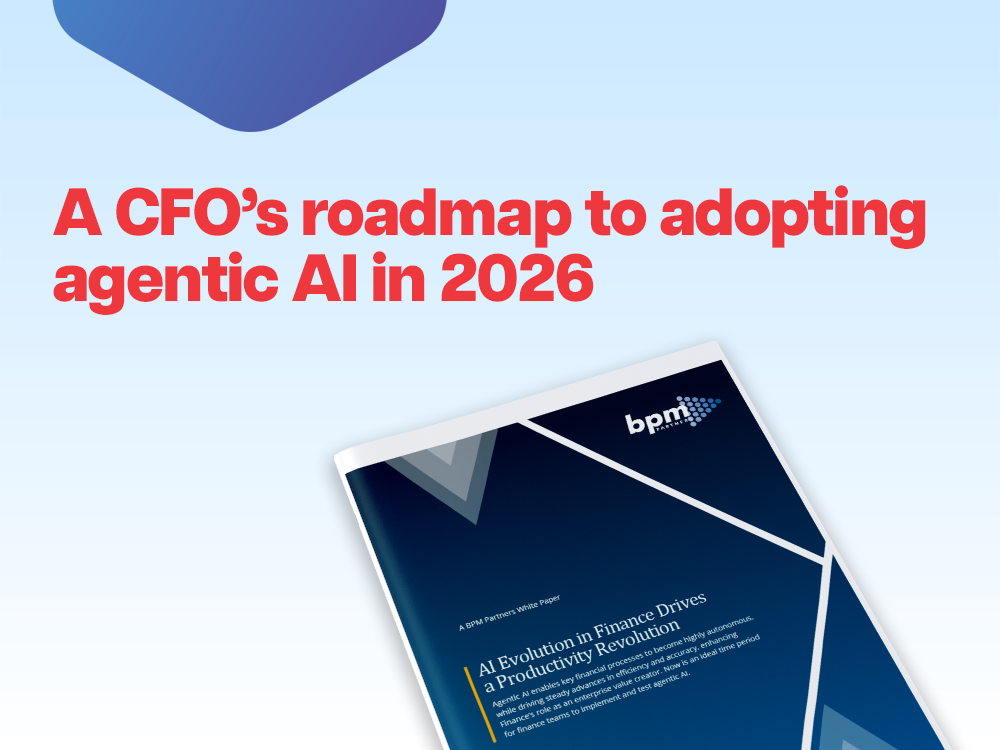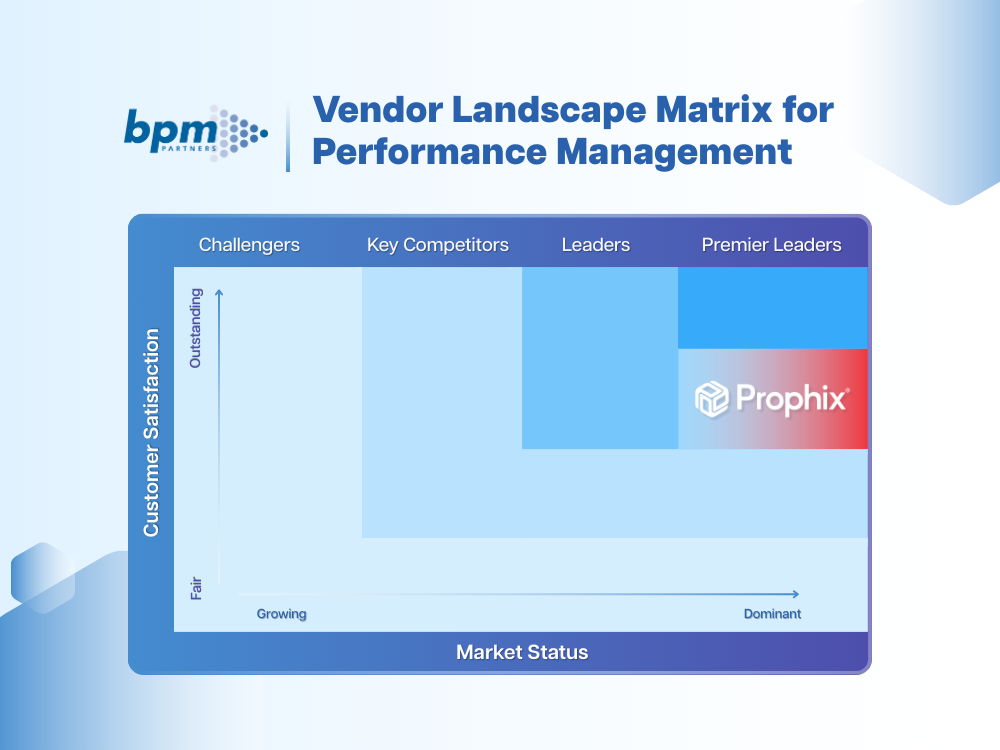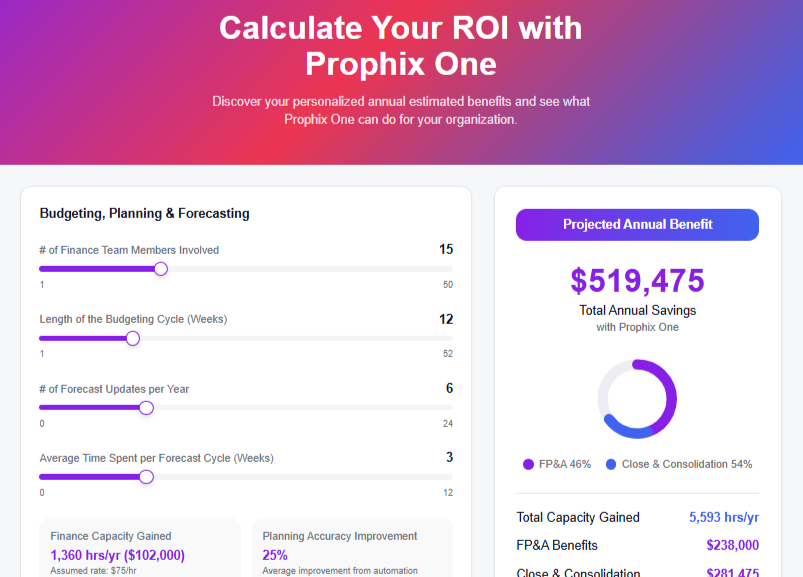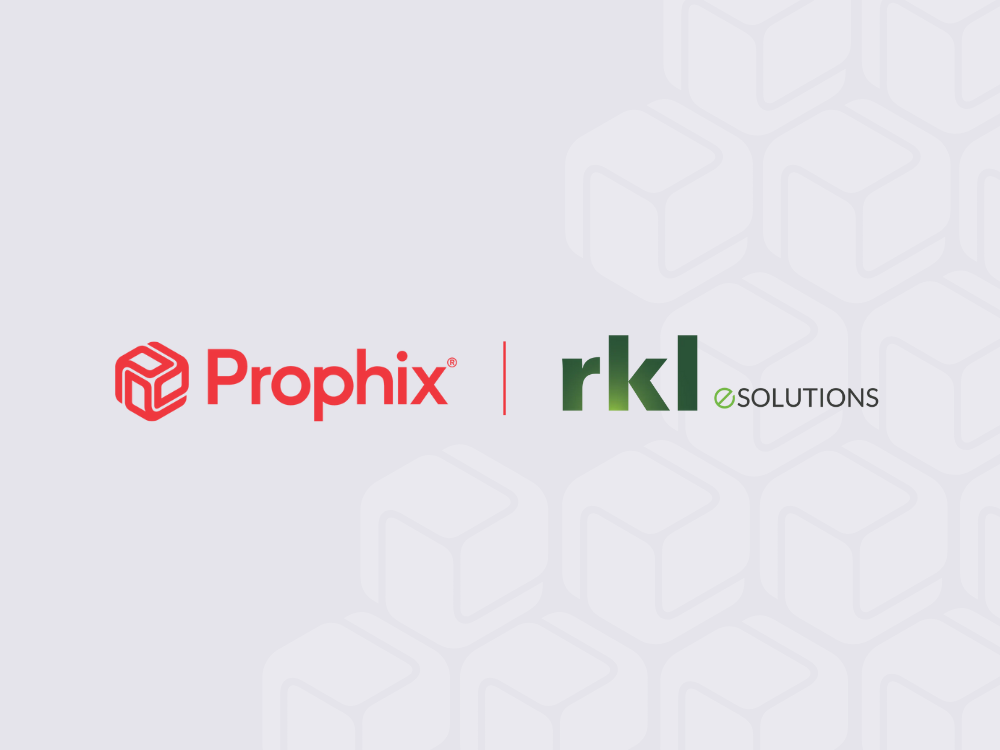Download the BPM Partners Whitepaper
The Guide for ASC 842 Lease Accounting with Examples
In this comprehensive guide, we’ll explore ASC 842’s key principles, provide examples, and offer solutions to ensure ongoing compliance.
January 9, 2025Lease accounting has undergone a transformative shift with the introduction of ASC 842 by the Financial Accounting Standards Board (FASB). As companies grapple with the complexities of recognizing nearly all leases on the balance sheet, ASC 842 has ushered in a new era of transparency and comparability in financial reporting. This change impacts financial ratios, cash flows, and operational processes, compelling organizations to adapt to new compliance requirements.
In this comprehensive guide, we’ll explore ASC 842’s key principles, provide examples, and offer solutions to ensure ongoing compliance.
What is ASC 842?
ASC 842 is a lease accounting standard issued by the Financial Accounting Standards Board (FASB). It was introduced to improve transparency and comparability among organizations by recognizing lease assets and liabilities on the balance sheet and disclosing key information about leasing arrangements.
Why was ASC 840 Replaced with ASC 842?
ASC 840 permitted operating leases to remain off the balance sheet, which meant companies could obscure significant financial obligations. This lack of transparency often misled investors about the true financial health of organizations, particularly in lease-heavy industries like retail, aviation, and real estate. Undoubtedly, there was one major event in accounting history that prompted the push towards changes in lease accounting.
The Enron scandal (2001) is one of the most infamous corporate collapses in history. Its accounting practices, including the manipulation of leases, played a significant role in the company’s ability to mislead investors, regulators, and auditors about its financial health. Enron used a combination of off-balance-sheet financing strategies, including special purpose entities (SPEs) and synthetic leases, to hide significant liabilities and inflate profits. Enron's cash-based deception masked over $7 billion in hidden debt and unraveled into one of the largest corporate collapses in history.
Enron used synthetic leases to keep lease liabilities off the balance sheet, exploiting ASC 840 rules to classify them as operating leases. This tactic hid significant debts, misleading investors with an inflated view of profitability and financial strength.
Key updates and changes in ASC 842
ASC 842 requires lessees to recognize most operating leases on the balance sheet, introducing right-of-use (ROU) assets and lease liabilities for enhanced transparency. It also updates lease classification criteria, requiring businesses to reassess and separate lease and non-lease components for accurate reporting.
These changes demand that companies establish robust systems for lease tracking and reporting, especially for businesses with multi-location operations or extensive asset portfolios. Organizations must also adopt procedures to:
- Identify and classify lease agreements
- Accurately measure lease terms and discount rates
- Separate and allocate lease and non-lease components
The implementation of ASC 842 highlights the importance of automation and integrated lease accounting software solutions to ensure compliance and streamline lease accounting processes for complex portfolios. By addressing these updates, companies can achieve transparency while improving the efficiency and reliability of their reporting practices.
What are the two types of leases under ASC 842?
ASC 842 classifies leases into two categories: operating leases and finance leases.
- Operating leases allow the lessee to use the asset without assuming ownership risks or rewards.
Example: Leasing office space or equipment for a fixed term without a purchase option.
- Finance leases where the lessee assumes ownership risks and rewards. The leased asset is treated as if it were purchased on credit.
Example: Leasing a vehicle with an option to buy it at the end of the term.
To determine lease classification, you have to understand the factors like the lease term, ownership transfer, and whether the lease is for a significant portion of the asset's useful life.
ASC 842 lessee accounting for finance and operating leases
For finance leases, there are two steps:
- Initial recognition: The lessee records the ROU asset and lease liability at the present value of lease payments.
- Subsequent measurement: Amortize the ROU asset and recognize interest expense on the lease liability.
For operating leases, there is one step:
- Initial recognition: Similar to finance leases, but subsequent measurements focus on recognizing a straight-line lease expense over the lease term.
Lessor accounting under ASC 842
Lessors classify leases into operating, sales-type, and direct financing categories:
- Operating leases: The lessor retains ownership of the asset and recognizes income over the lease term.
- Sales-type leases: The lessor transfers ownership benefits and recognizes profit upfront.
- Direct financing leases: Similar to sales-type leases, but profit is deferred and amortized over time.
The updates in ASC 842 ensure lessor accounting aligns more closely with revenue recognition standards, improving comparability across industries.

ASC 842 journal entries and financial reporting
Initial recognition and measurement
Under ASC 842, at lease commencement, the lessee recognizes a lease liability (present value of future lease payments) and a right-of-use (ROU) asset (initial lease liability adjusted for prepayments, incentives, and initial direct costs). For lessors, the lease is classified as either operating or sales-type/finance, and assets or receivables are recognized accordingly.
Here’s an example:
A company leases equipment for five years with annual payments of $20,000.
- Lessee entry:
- Debit ROU asset: $90,000
- Credit lease liability: $90,000 (calculated as the present value of payments).
Subsequent measurement and amortization
Under ASC 842, lessees measure the lease liability using the effective interest method, reducing it with payments, while the ROU asset is amortized, typically on a straight-line basis. Lessors recognize interest income for finance leases and straight-line rental income for operating leases, retaining the asset on the balance sheet.
Here’s an example:
In year one, the lessee pays $20,000.
- Debit lease liability: $15,000
- Debit interest expense: $5,000
- Credit cash: $20,000
Lease modifications and measurements
Under ASC 842 (leases), lease modifications and remeasurements occur when there is a change to the terms and conditions of a lease. This can impact the lease liability, the right-of-use (ROU) asset, and how expenses are recognized.
Here’s an example:
- New lease:
- Debit: Right-of-Use asset
- Credit: Lease liability
- Reduction in lease term:
- Debit: Lease liability
- Credit: Right-of-Use asset
ASC 842: Financial statement and calculation impacts
Let’s take a look at how ASC 842 affects financial statements and key financial calculations.
How does ASC 842 change the balance sheet?
ASC 842 fundamentally reshapes the balance sheet by requiring the recognition of:
- Right-of-Use (ROU) assets: These are recorded as long-term assets, representing the lessee’s right to use the underlying asset over the lease term.
- Lease liabilities: The present value of future lease payments is recorded as a long-term liability, impacting financial ratios like debt-to-equity.
What does a lease classification test tell you?
Under ASC 842, the lease classification test determines if a lease is financed or operating based on criteria like ownership transfer, lease term, payment value, and asset use. Finance leases separate interest and amortization, while operating leases recognize a single straight-line expense.
Is there a low-value lease threshold under ASC 842?
Unlike IFRS 16, ASC 842 does not provide an exemption for low-value leases, meaning all leases meeting the standard criteria must be accounted for, regardless of their size.
These changes emphasize transparency and ensure all significant lease obligations are reflected on the balance sheet.
Balance sheet presentation
Under ASC 842, both operating and finance leases require lessees to recognize right-of-use (ROU) assets and lease liabilities on the balance sheet, with lease liabilities split into current and noncurrent portions. For finance leases, the ROU asset and lease liability are presented separately, while for operating leases, the ROU asset and lease liability are reported together but remain distinct from other assets and liabilities.
Learn more about lease accounting software.
How to calculate a lease liability under ASC 842
To calculate lease liability:
- Determine future payments: Include fixed and variable components.
- Select discount rate: Use the rate implicit in the lease or the incremental borrowing rate.
- Calculate present value: Apply the formula:
Lease Liability=∑Lease Payment(1+r)t\text{Lease Liability} = \sum \frac{\text{Lease Payment}}{(1 + r)^t}Lease Liability=∑(1+r)tLease Payment
Equity impact by ASC 842
ASC 842 impacts equity indirectly by increasing liabilities, which can affect financial ratios. For instance:
- Debt-to-equity ratio: The addition of lease liabilities increases total debt, potentially influencing covenant compliance.
Transition adjustments and retained earnings
Under ASC 842, transitioning from the previous standard (ASC 840) can impact retained earnings as lessees recognize right-of-use (ROU) assets and lease liabilities on the balance sheet for existing operating leases. Adjustments are recorded through retained earnings at the transition date to reflect the difference between previously recognized lease balances and the newly measured lease liabilities and ROU assets.
Income statement presentation and required disclosures
Under the new lease accounting standard, ASC 842, the income statement treatment varies between finance and operating leases: finance leases separately report interest expense and amortization of the right-of-use asset, while operating leases present a single straight-line lease expense. Required disclosures include qualitative and quantitative details, such as lease terms, significant judgments, variable lease payments, and maturity analyses, ensuring transparency into leasing activities.
Cash flow requirements and implications
ASC 842 introduced new requirements for presenting lease-related cash flows, creating a clearer distinction between operating and financing activities. These updates enhance transparency but may significantly impact key financial metrics, requiring organizations to adapt their reporting processes. Understanding these changes is essential for maintaining compliance and ensuring accurate financial analysis.
Operating vs. financing lease cash flows
Under ASC 842, operating lease payments are recorded as operating cash flows, reflecting their ongoing nature, while finance lease payments are split between financing cash flows (principal repayments) and operating cash flows (interest). For example, a lessee paying $1,000 monthly for an operating lease records the entire amount as an operating outflow. In contrast, for a finance lease, $800 may go to financing (principal), with $200 to operating (interest). This distinction affects metrics like EBITDA and cash flow ratios.
Cash flow statement and disclosure requirements
ASC 842 requires detailed disclosures of total cash paid for leases, separated into operating and financing categories, as well as non-cash lease activities like ROU assets obtained in exchange for lease liabilities. To meet these requirements, companies should maintain clear records, reconcile lease-related amounts across financial statements, and consider using lease accounting software to automate reporting. These steps ensure compliance and provide stakeholders with a comprehensive view of leasing activities.
Prophix One™: The ultimate solution for ASC 842 compliance
Prophix offers an integrated lease accounting solution that simplifies compliance through:
- Data centralization: Consolidates lease data for seamless tracking, modifications and reporting.
- Process automation: Eliminates manual tasks, reducing errors.
- Advanced analytics: Provides insights into lease portfolios and financial impacts.
By automating lease accounting tasks and integrating with ERP systems, Prophix One ensures accurate compliance with ASC 842 while enhancing efficiency.
Best practices for ASC 842 implementation and ongoing compliance
Successfully implementing ASC 842 requires careful planning and robust processes to ensure compliance and efficiency. Here are key best practices to guide organizations:
Centralize lease data
Establishing a single, centralized repository for all lease agreements is crucial for maintaining accuracy and consistency in lease accounting. A unified database ensures that financial teams can easily access and manage lease data, reducing the risk of missing critical agreements. This centralization is particularly vital for organizations with multiple locations or entities, where lease data may previously have been spread across disparate systems or teams.
Conduct regular lease reviews
Frequent reviews of lease agreements are essential to reassess classifications, terms, and potential modifications. Lease classification tests, such as determining whether a lease is operating or finance, should be applied consistently to new agreements. Regular evaluations also help organizations identify embedded leases or changes in lease terms that may require remeasurement, ensuring compliance over the long term.
Invest in technology
Leveraging specialized lease accounting software, such as Prophix One, is a game-changer for organizations navigating ASC 842. Modern tools automate tasks like data entry, lease classification, and financial reporting, reducing manual errors and improving efficiency. These solutions also offer advanced reporting and analytics capabilities, enabling teams to meet ASC 842’s disclosure requirements while gaining valuable insights into their lease portfolios.
By adopting these best practices, organizations can streamline the complexities of ASC 842 implementation, ensure compliance, and unlock efficiencies in their lease accounting processes.
Navigating the complexities of ASC 842 lease accounting
Adapting to ASC 842 requires careful planning and robust tools. By leveraging Prophix One’s automation, analytics, and compliance capabilities, organizations can transform lease accounting into a streamlined, insightful process, ensuring success in today’s complex regulatory environment.
See a demo of lease accounting software in action.
Insights for next-gen finance leaders
Stay ahead with actionable finance strategies, tips, news, and trends.





